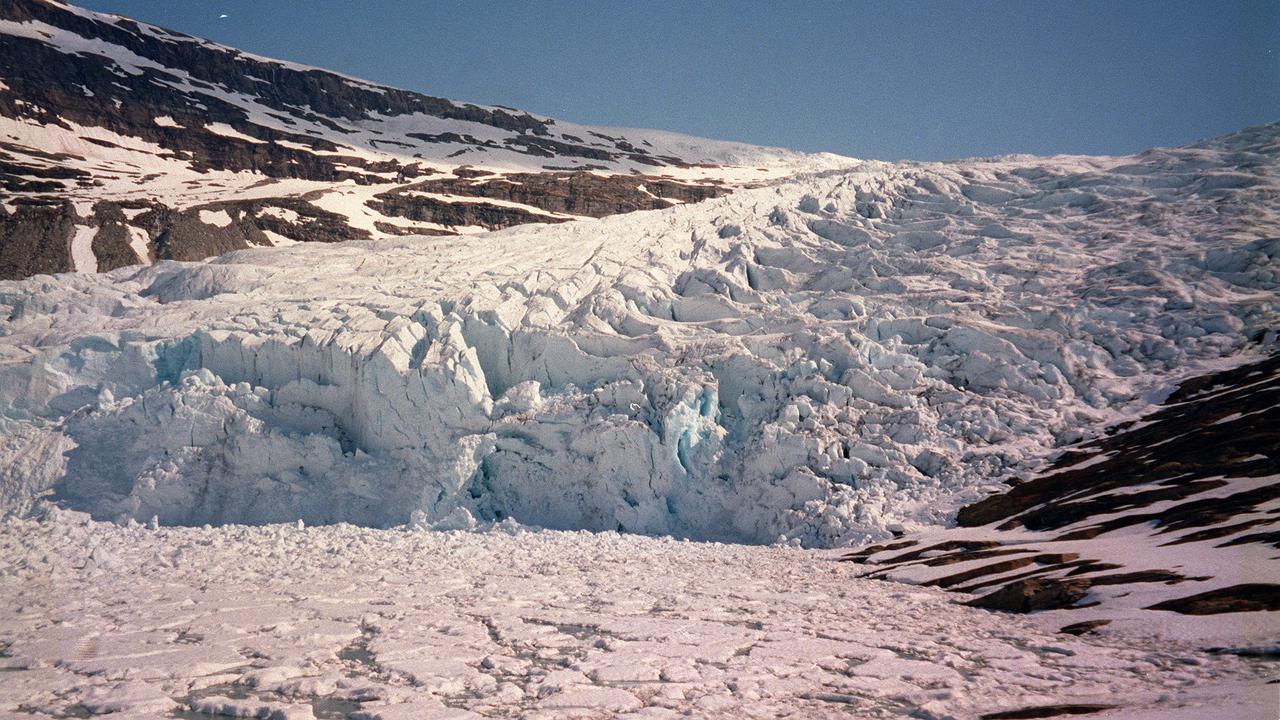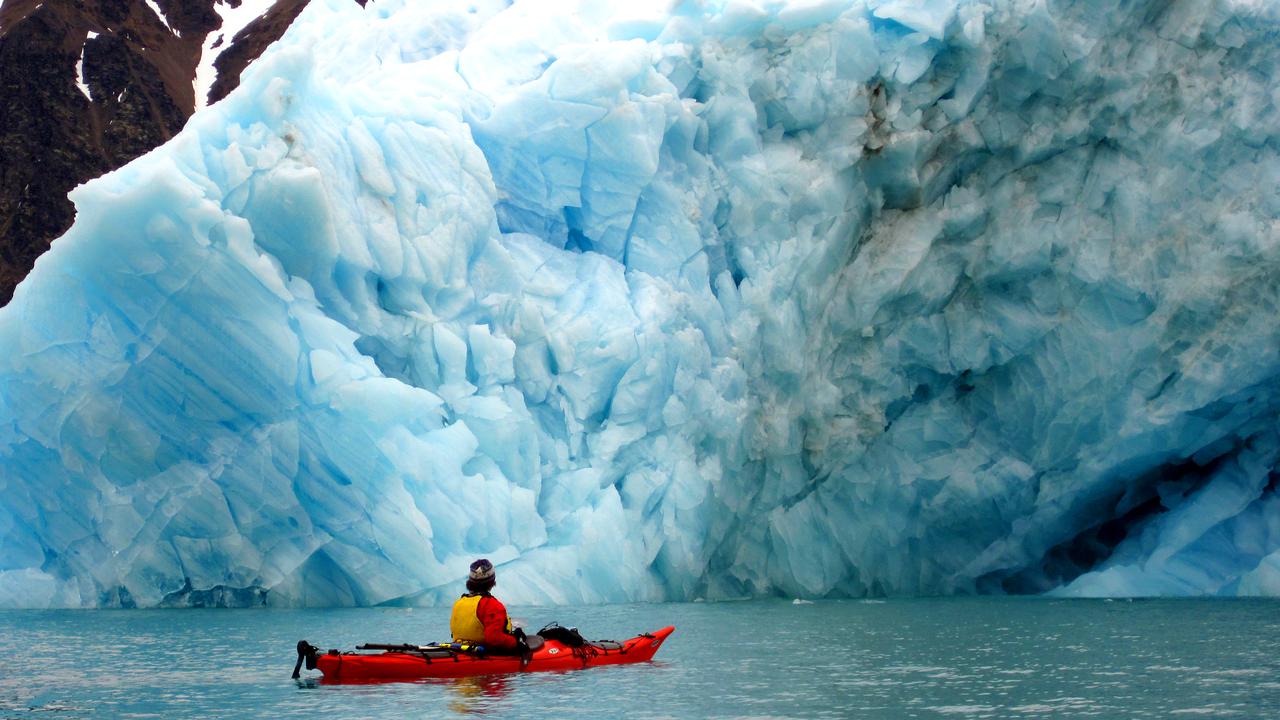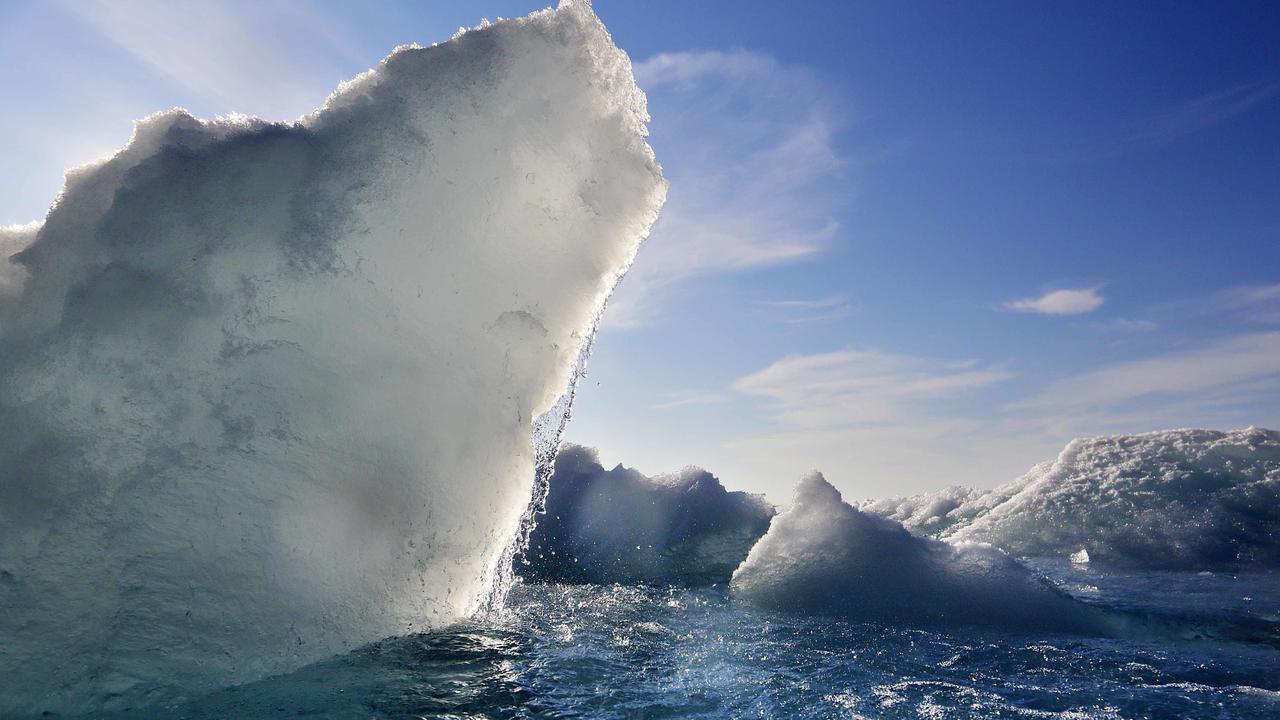WHAT WAS CLAIMED
The sea level in Oslo is falling.
OUR VERDICT
Misleading. It is falling in relation to the land due to a localised geological process. However, the actual surface level of the sea is rising.
A YouTube video shared on Facebook has claimed that sea levels are falling in Oslo, pointing to a graph by the National Oceanic and Atmospheric Administration (NOAA).
A New Zealand page shared the video, "Sea Level Check: Oslo, Norway" from the Climate Discussion Nexus, a website citing statistics to infer that reports of "relentless sea level rise" are false.
The video's narrator says for Oslo: "The tidal gauge record goes all the way back to 1885 according to the NOAA website. And the record shows the sea is falling. Yes, falling, by the annual rate of -3.12 millimetres a year, which means Oslo is experiencing sea level decrease of … minus 1.02 feet every 100 years. Head for the hills, folks."
But the claim is misleading. The actual surface level of the sea is rising, due to man-made global warming.
It is falling in relation to the land. However, that is because the land is gradually rising due to a location-specific geological process called glacial isostatic adjustment (GIA).

GIA is common along the Norwegian coast which experiences uplift of up to 5mm a year, according to a Kartverket report. GIA is a "rebound" effect from millions of tonnes of ancient ice caps that once covered the northern latitudes.
Thus sea level recordings are typically also adjusted to account for GIA (page 38).
Matthew Simpson, a sea level researcher at the Norwegian Mapping Authority (Kartverket), described the video as "very misleading".
"It does not explain why local sea level in Oslo is different to global average sea level rise," he told AAP FactCheck in an email.
This Norwegian Centre for Climate Services (NCCS) report, based on Norwegian Tide Gauge Network data, states: "A fall in relative sea level is observed in Oslofjorden and in the middle of Norway, while a rise is observed along the southern and western coast of Norway and for the northernmost tide gauges. After correcting the rates for glacial isostatic adjustment (GIA), the resulting sea surface height rates are positive at all tide gauges" (page 57).
Mr Simpson added: "In Oslo, we measure around 5 mm/yr land uplift, or 50 cm over 100 years. The Earth is slowly rebounding after the last glacial so this rate is essentially constant over a 100-year time scale.
"The tide gauges have measured around 30cm of relative (relative to the land) sea level fall over the same period. The difference between these two numbers shows Oslo has had around 20cm sea level rise over the 20th century. That's just a rough estimate but you get the idea.
"So yes, sea level is rising but in Oslo the land uplift rates have been larger. In other parts of Norway we see that sea level rise is larger than land uplift rates."
Figure 3.5 of the NCCS report (page 43) shows the relative (to the land) sea level rise and the sea surface level which is adjusted for GIA.
Once the adjustment is made, the sea surface level is rising for every location in Norway including Oslo.

A January 2022 study looked at sea level trends along the Norwegian coast and found that while noting the variables caused by GIA, "coastal average sea-level rate for the period 1991-2020 is significantly higher than for the period 1960-2020."
A Climate Change Vulnerability Analysis for Oslo by KlimaOslo also documents the risks for the coast: "Sea level rise may pose a hazard when it becomes higher than the land uplift following the last glacial period, which until now has prevented a higher sea level in the Oslo fjord" (page 7).
In 2022 AAP FactCheck debunked another post using select tidal data from locations including Finland and Sweden to make misleading claims about broader global sea levels.
Sönke Dangendorf, an assistant professor and coastal-engineering expert at Tulane University, explained to AAP FactCheck: "We distinguish between global and regional sea level. Global sea level is driven by thermal expansion of the oceans (in response to ocean warming, i.e. the ocean needs more space) and added mass (e.g. due to melting glaciers and icesheets).

"Regional sea level is influenced by several additional processes that redistribute water within the ocean (e.g. from one side to the other) but have no influence on the global mean.
"Thus, an acceleration is much harder to detect in local records than in the global mean (which has much less variance)."
Mr Simpson added: "The wider point is that Oslo is a local sea level record - and local sea level records are almost always different from the global average because different processes come into play. In Norway's case, it is GIA that mainly explains why our local sea level records are different from the global average."
Wider NOAA figures show that global sea level has risen an estimated 21 to 24 centimetres since 1880 and continues to accelerate.
The Verdict
The claim that sea levels are falling in Oslo is misleading.
While sea level in relation to the land is falling, this is only because of a localised geological process called glacial isostatic adjustment (GIA) in which land once burdened by ice age glaciers is slowly rising.
Once GIA is accounted for, the sea level in Oslo is rising. This is due to man-made global warming.
Misleading – The claim is accurate in parts but information has also been presented incorrectly, out of context or omitted.
AAP FactCheck is an accredited member of the International Fact-Checking Network. To keep up with our latest fact checks, follow us on Facebook, Twitter and Instagram.












